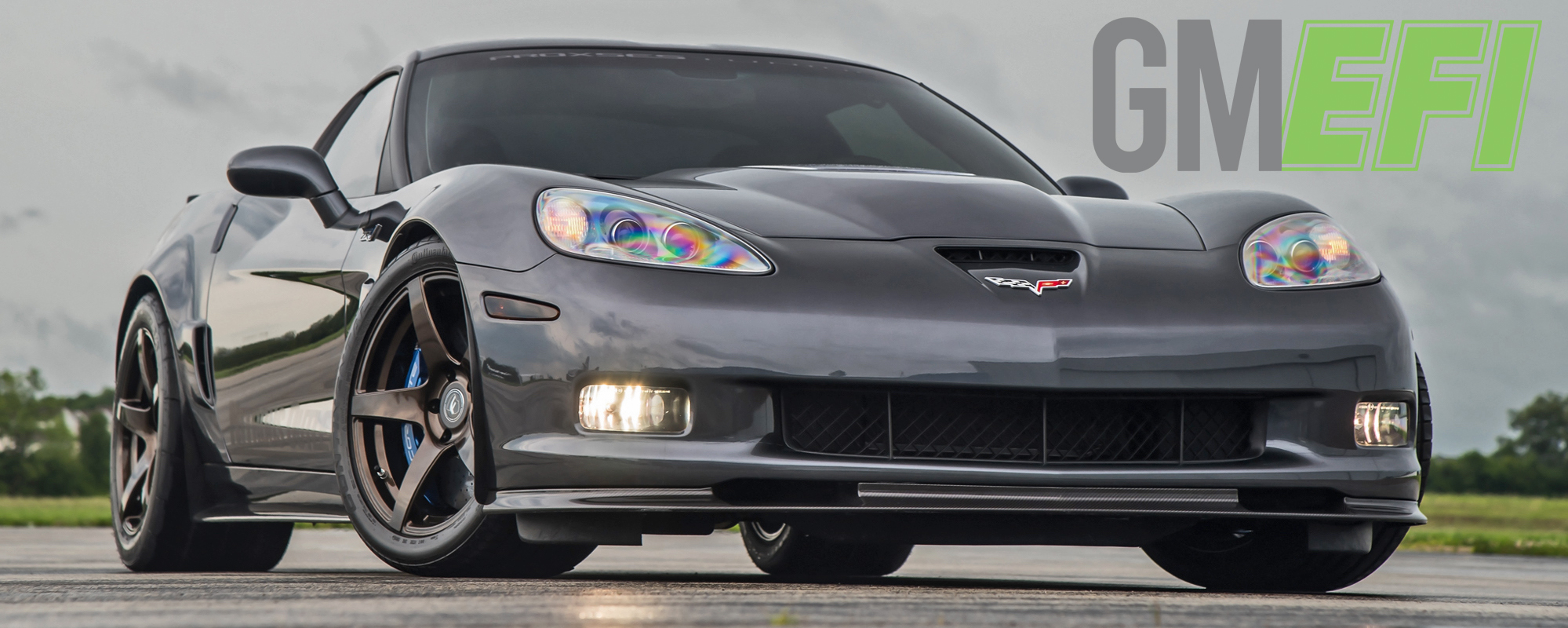A couple of weeks back, we delve head first into what makes pistons and piston rings function, elaborated on their intended purposes and how they are manufactured. Bill Knight, Training Team Leader at MAHLE Motorsports, uses his company’s line of products as teaching tools for the viewers at home in their latest, 5-part video series on YouTube.
In the first chapter, we’ve discussed the differences and responsibilities between the piston’s top ring, second ring and the oil ring. Now Bill is back with Part 2 and Part 3, both of which we’ve hosted here as a double-feature, to give you a double dose of MAHLE piston tech. Part 2 discusses the differences in piston ring material.
This includes stainless steel, or gas-nitrated steel (gns), that is used in a few OEM and high-performance applications. It performs very well, but it has to be hardened and can’t be run inside the bore without some type of coating, or it will seize against the cast iron liner.
Bill mentions it’s also expensive. Furthermore, the coatings that are applied to these rings tend to be hard on the cylinder wall and wear the cylinders out. Obviously, this one isn’t recommended for your intended daily driver.
Instead, Bill recommends a high-alloy carbon steel ring for late-model passenger vehicles. It’s used in 90% of the ring packs that they currently sell to OEMs today. It’s formed from a coil wire and it doesn’t need to be face-coated to be run in a cylinder. It’s 35% stronger than cast iron rings.
Speaking of which, ductile cast iron rings stem back decades ago when they were originally ran in industrial trucks and tractors. They were also used as a performance ring at one time. As Bill tells us, “Ductile means that I can take this ring and twist it and it won’t crack and break. Now if I tried that with a grey cast iron ring, we would have pieces flying all over the studio. It was popular for years, but it’s fading fast in today’s business. You won’t find many in today’s applications.”
The grey cast iron piston ring was the ring of choice in the ’40s, ’50 and ’60s. Bill mentions that engines back then didn’t run as hard as modern engines and weren’t typically as small. As a result, a grey piston ring would more than likely snap before you would even be able to get it installed into the engine. Obviously, these aren’t applicable for enthusiasts of more modern engines. The cool thing about MAHLE is that they have access to every material that was depicted in this video. You can even get them tailored to your liking as well.
In Chapter 3 of MAHLE’s ongoing series, we discuss torsional twist. Basically, torsional twist means that pistons rings aren’t actually perfectly flat, despite them looking so to the naked eye. The reason for this, is for the simple fact that we need this benefit to create contact between the ring and the land that the piston ring resides in. This in turn, prevents oil from working its way behind the ring and into the combustion chamber.
Torsional twist, at one time, was created by taking a rectangular ring and cutting a bevel on the inside edge. As they beveled the ring on the inside edge, it created one side that was stronger than the other. The ring would twist towards the inside and they would cut the bevel. In more recent years, they’ve switched to napier rings, where they would cut the relief on the outside face of the ring. Same principal, but the spring is now stronger on the opposite end.
Today, they’ve produced a third technique, one that’s more geared to piston rings so thin (1mm or less), that older methods simply won’t work. What they do in those cases, is simply set the listing ring in a die, and a funnel-shaped press presses the ring, creating torsional twist.
You can spot a ring that has torsional twist, at least from MAHLE, by locating the letter, “M,” the word “TOP,” and a little dimple or a dot located somewhere near those letters. These go on the piston, facing up. If you get confused during the installation process, you’re always welcome to hit up the MAHLE website “help” section.
We’ll be bringing you the final two installments of Piston Ring Basics with MAHLE Motorsports in the coming weeks. Until next time!

Rick Seitz is the owner and founder of GMEFI Magazine, and has a true love and passion for all vehicles. When he isn’t tuning, testing, or competing with the brand’s current crop of project vehicles, he’s busy tinkering and planning the next modifications for his own cars.



















